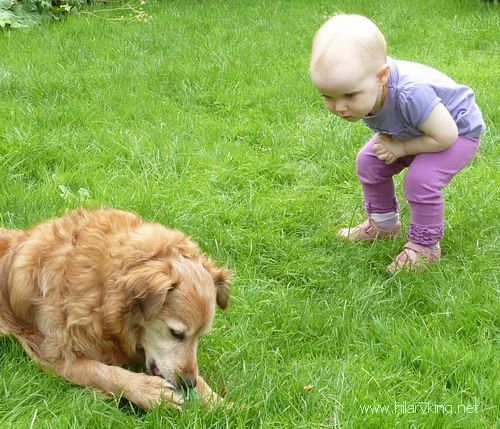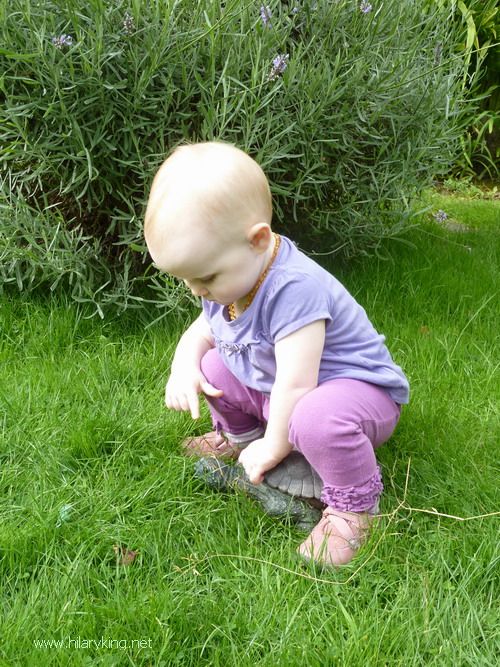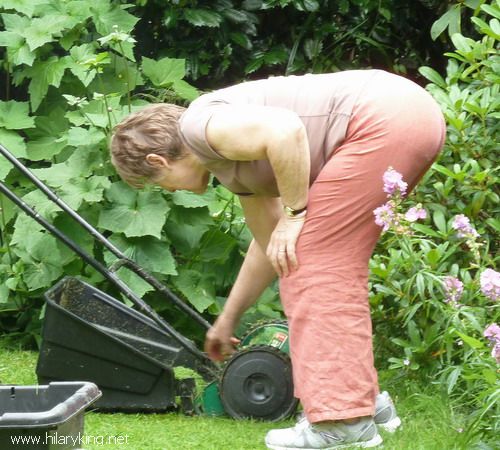Guidelines for Treating Back Pain?
New US Guidelines for the Treatment of Lower Back Pain
These new guidelines are medically-based, as would be expected but there is a welcome emphasis on encouraging the reduction of invasive procedures and the use of steroids and narcotics to reduce the symptoms.
I haven’t read the whole paper but I thought it was unfortunate that this abstract makes no mention of the use of the Alexander Technique to treat back pain – which has been shown in a major Research Trial published in the BMJ in 2008, to be more effective in helping people with chronic lower back pain than were massage or even a Doctor’s standard back care regime!
I was one of the STAT registered teachers selected to teach on the ATEAM trial and have worked with many people with back pain amongst other problems that bring people to me to learn the Technique. In Alexander lessons, people learn to use their bodies in a more balanced and less tense manner whilst performing ordinary activities, so that their backs are more aligned and able to lengthen out, which gradually reduces problems such as lower back pain.
The fact that the AT really can help reduce back pain on a long term basis was scientifically proved in the research study and the conclusions of the ATEAM Research Trial were that ‘One to one lessons in the Alexander technique from registered teachers have long term benefits for patients with chronic back pain’.
Bending Forwards with Ease
Bending Forwards
Poised for Life
Poised for Life
Headache Prevention
Leonardo da Vinci Anatomy Drawings
Leonardo da Vinci Anatomist Exhibition
The Alexander Technique and Gardening
Quite a work-out – and it can be easy to strain muscles or hurt your back doing all this work. So when you are involved in activities such as gardening, be aware and remember what you have learnt in Alexander lessons. Don’t rush into things but pause, take a moment to think about how you are going to use your body when doing the next job. Give yourself directions, remind yourself not to tighten everything up ( tension is not the same thing as strength). Avoid pulling your head back but to allow your spine to lengthen into all your movements, so that you protect your neck and back.
Running with Ease
Born to Run: The Secrets of Kenyan Athletics.
Hearts and Minds
Heart v Mind: What Makes us Human?
Elisabeth Walker Interviewed on BBC Radio 4
Elisabeth Walker, the last remaining teacher who trained with F M Alexander himself, was interviewed on Woman’s Hour, BBC Radio 4 (12 June 2012).


